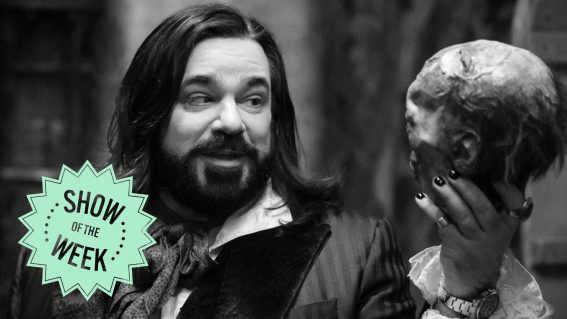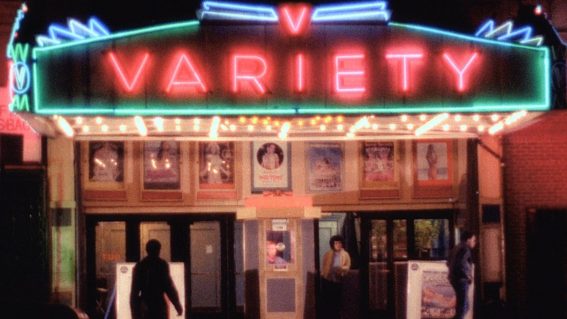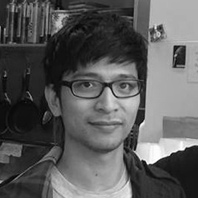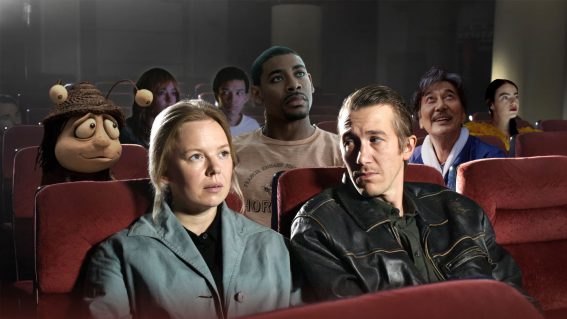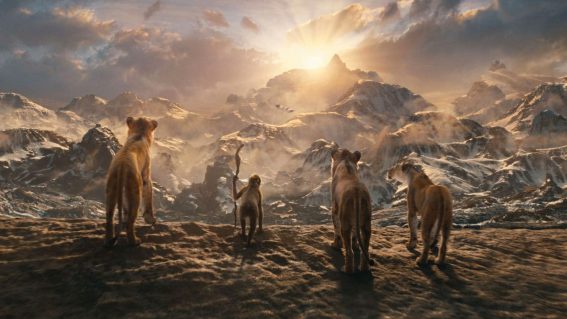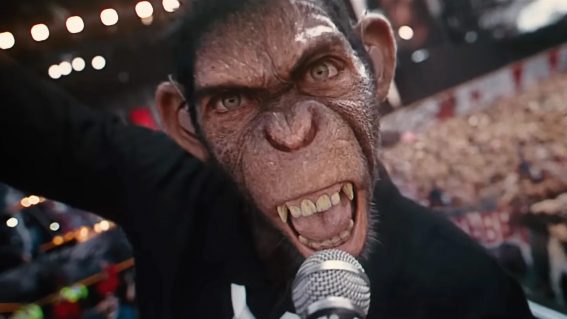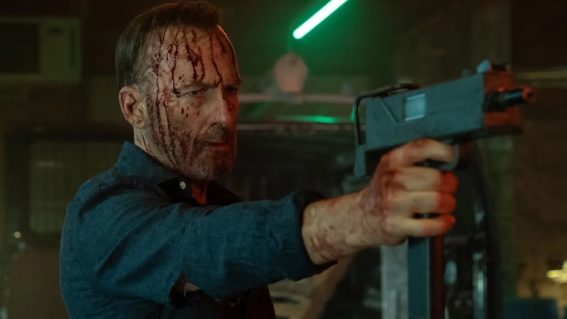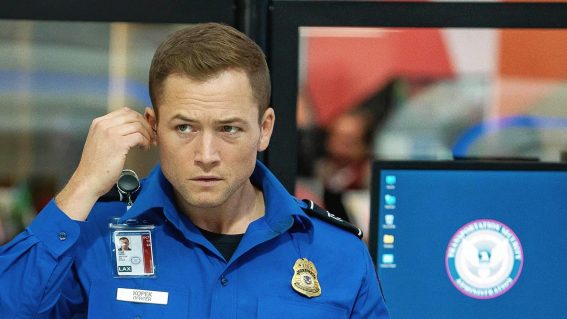Sauron is just getting started: a look back at The Rings of Power’s first season
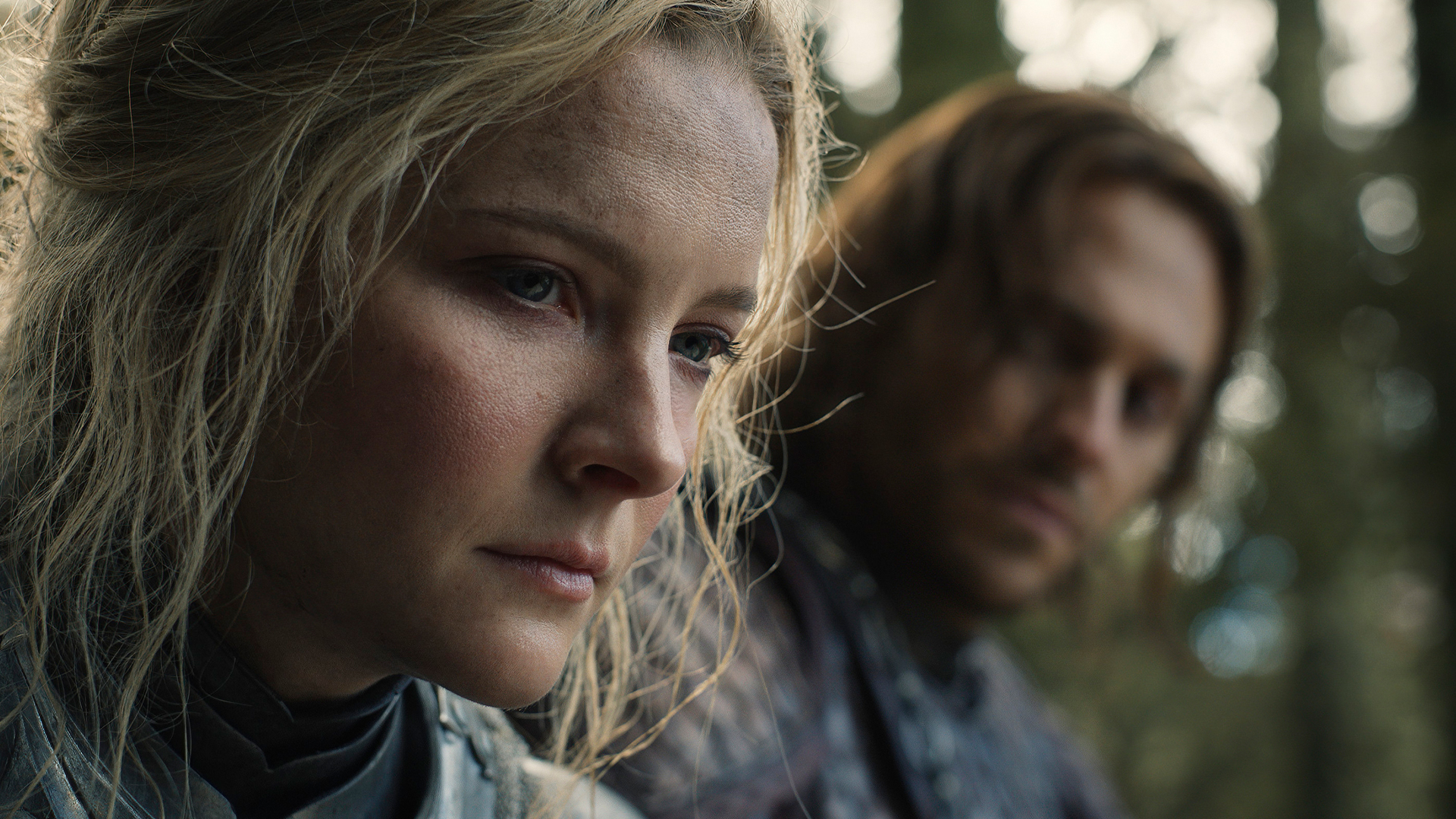
It’s almost time for a new season in Middle-earth with The Lord of the Rings: The Rings of Power. Dominic Corry anticipates the amped-up second season of the epic series by looking back at the biggest takeaways so far, and speaks with co-showrunner J.D. Payne at Comic-Con.
(Yes, this piece contains a bunch of season one spoilers.)
The promise of a series set in J.R.R. Tolkien’s Second Age—The Lord of the Rings is set afterwards, in the Third—was that an incredibly deep well of source material still remained to explore.
Tolkien set the standard for “building out the universe” long before we ever talked about stories in such terms, and Peter Jackson’s movies benefitted greatly from how they constantly suggested huge swathes of dramatic untold history in Middle-earth. Even with the Hobbit trilogy, it always felt like, to quote Tony Soprano, we “came in at the end”.
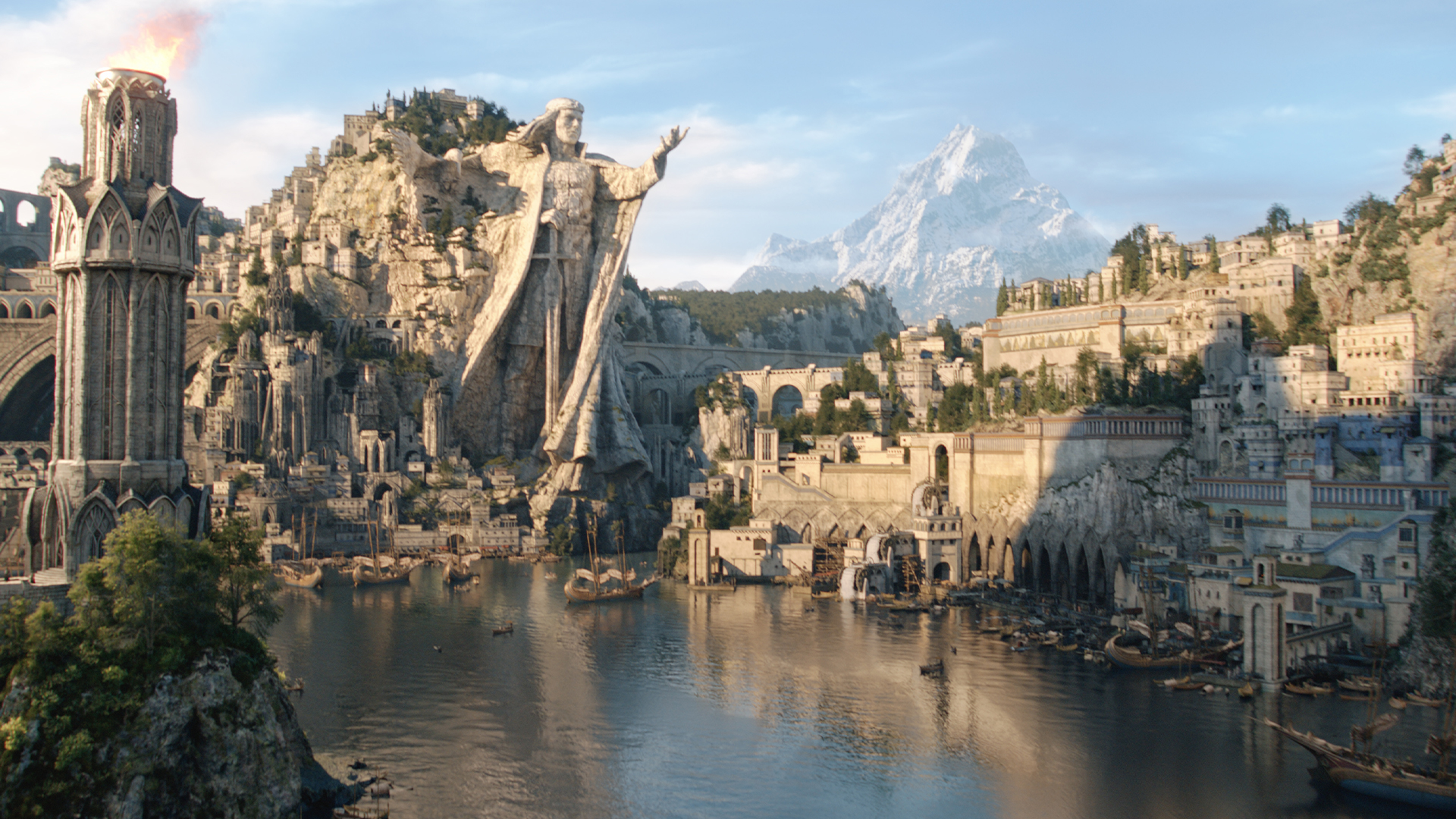
In both the original trilogy and the Hobbit films, the elves were always the most tantalisingly under-explored element, so I was greatly heartened to discover that The Lord of the Rings: The Rings of Power was a story very much driven by those attractive ninjas.
The closest thing TROP has to a protagonist is Galadriel (played here by Welsh actor Morfydd Clark), several thousand years younger than she was in the Jackson films, and not quite as sure as herself. Indeed, the increased fallibility of the elves here is one of the most intriguing deviations from their prior depictions.
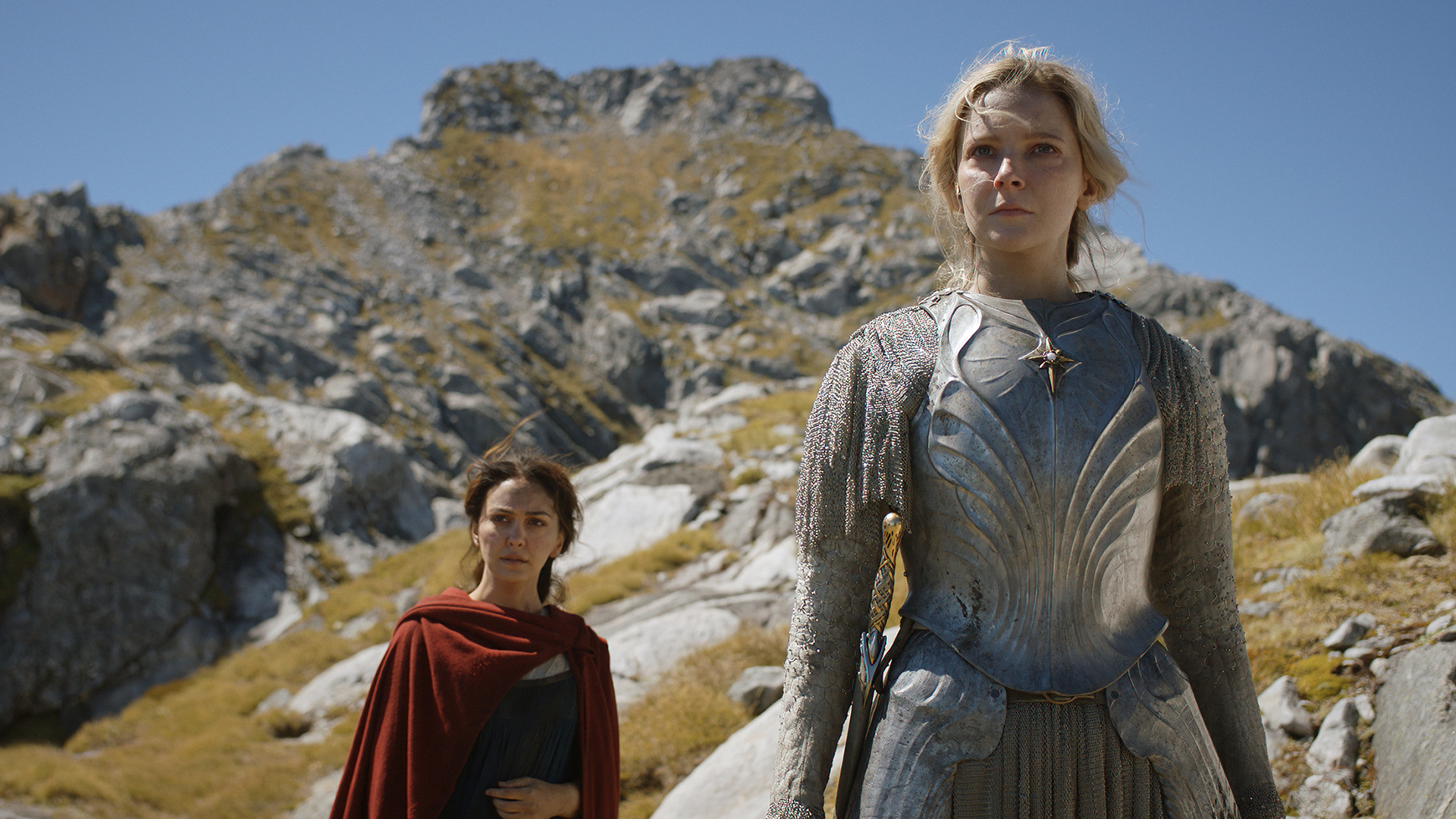
As the series begins, Middle-earth is in a period of relative calm following a great war to banish Morgoth, the biggest bad of them all. But Galadriel is convinced that Morgoth’s main general, Sauron (you know him as an eye), is still up to no good, even if the rest of the elves—who include High King Gil-galad (Benjamin Walker), a young Elrond (Robert Aramayo) and the legendary smith Celebrimbor (Charles Edwards)—aren’t necessarily on the same page.
Also, the elves’ immortality is under threat, so Elrond seeks assistance from dwarf prince Durin (Owain Arthur), who resides in the Mines of Moria/Khazad-dûm. After its haunted, deserted presence in the films, getting to see this location at the height of its splendour was extremely gratifying.
A magical new metal found in Moria—mithril (Frodo wore a singlet made of it)—is key to the elves’ survival, but relations between the dwarves and elves are strained, so it becomes complicated. Elven smith Celebrimbor, for reasons not unrelated to vanity, wishes to create a great forge to turn mithril into objects that will help sustain the elves. Circular objects.
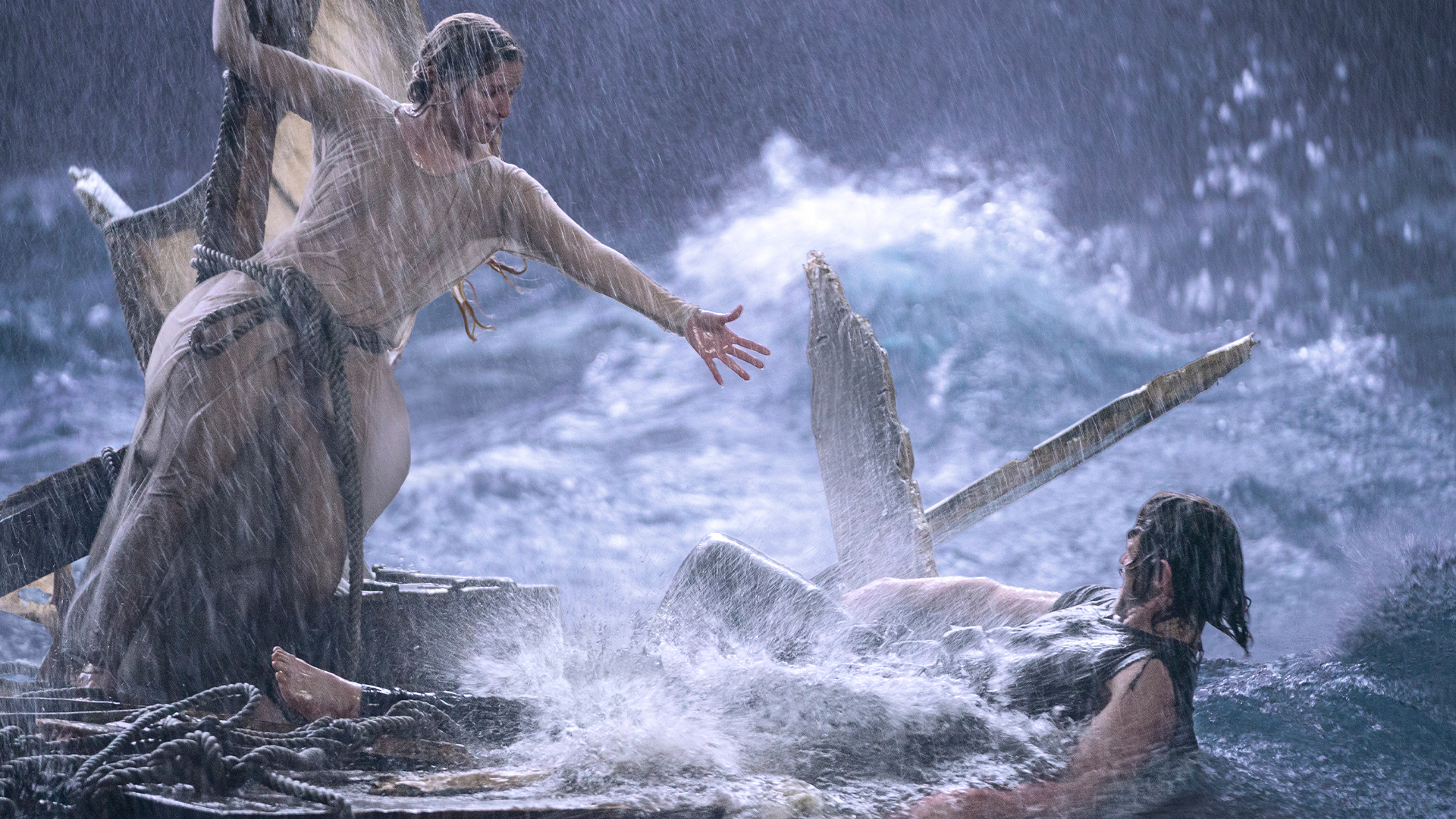
After being sent to the elven retirement kingdom on a boat, Galadriel dives off at the last minute and ends up stranded on a raft with a handsome man named Halbrand (Charlie Vickers). They wash up on the shores of Númenor, a kingdom of long-living (but critically, not immortal) “men” who sided with the elves against Morgoth, but are now resentful of the elves’ immortality (among other issues), so relations between these two factions are strained as well.
They’re also experiencing their own internal political machinations, and count amongst them a young Isildur (Maxim Baldry), the character played by The Front Lawn’s Harry Sinclair in the prologue to The Fellowship of the Ring who….(25-year-old spoiler warning) eventually chops off the ring off Sauron’s finger and foolishly decides to wield himself instead of destroying it on Elrond’s advice.

Meanwhile, we also follow the progress of some migratory Hobbit-like people known as Harfoots, who have adopted a strange man (Daniel Weyman, credited as “The Stranger”) who landed near them in a meteorite.
The other main development in season one is the unanticipated re-emergence of dark forces in the Southlands, where orcs are digging tunnels everywhere, and an orc leader named Adar (played by Joseph Mawle in season one, and Sam Hazeldine in season two) is growing in prominence. These developments are witnessed first-hand by elven scout Arondir (Ismael Cruz Córdova), another principal character.
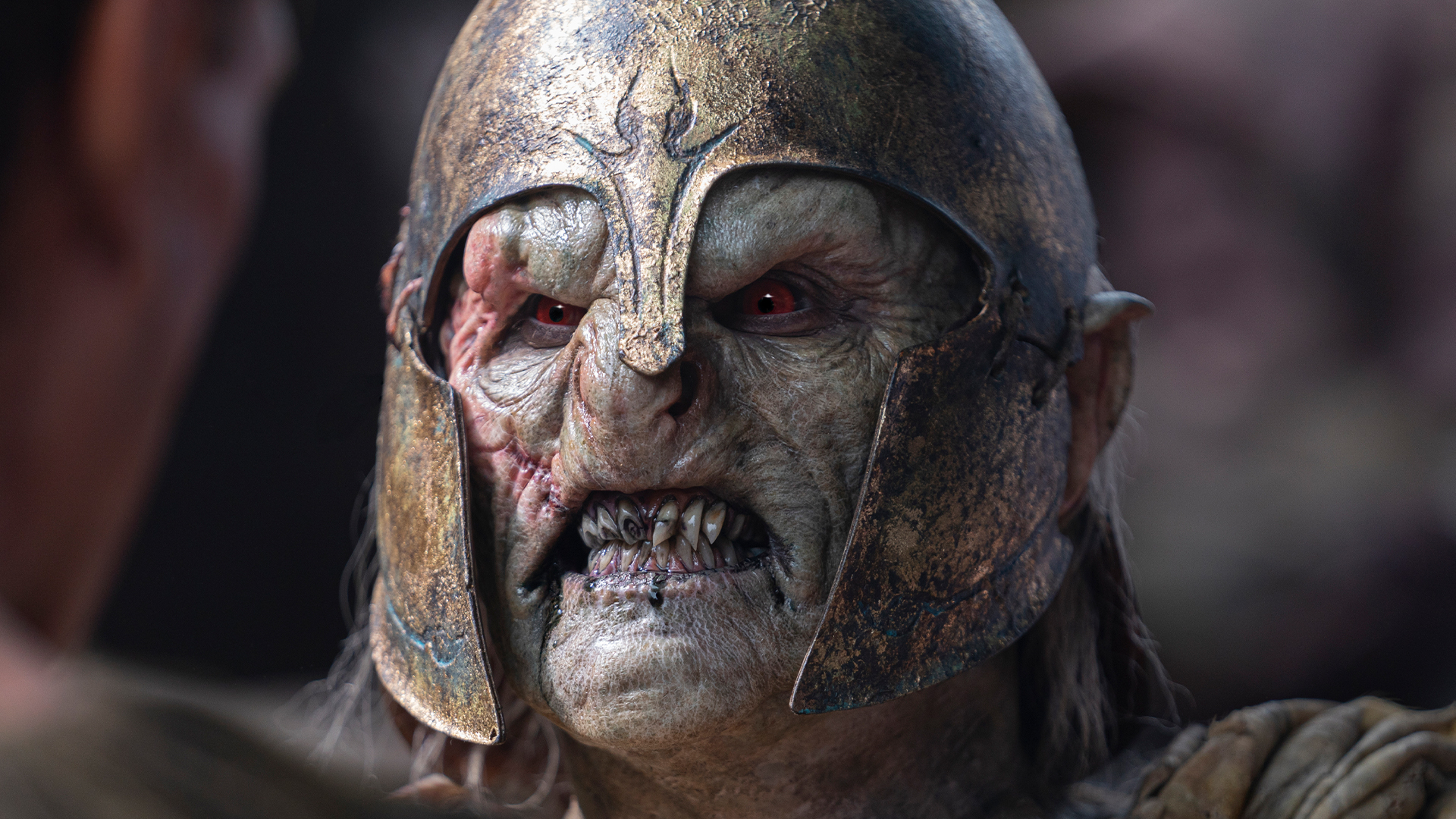
Galadriel wants the Númenoreans to join with her to fight the growing threat in the South, and after initially denying this request, a tree convinces the Númenorean Queen-regent Miriel (Cynthia Addai-Robinson) that Galadriel’s cause is just, and they all march south to war. Amidst scintillating chemistry between the pair, Galadriel also suspects that Halbrand may be the lost heir to the throne of the Southlands.
It all culminates in an incredible sequence which reveals that all the tunnels were actually designed to transport flood waters to the centre of a giant volcano (you know the one), causing it to erupt, a hugely destructive event that turns the Southlands into Mordor, now a place of constant shadow thanks to all the ash, so orcs can roam freely.
Galadriel is still convinced that Sauron is behind all this, and the show hints at both The Stranger and Adar being Sauron, yet to reveal himself. But Galadriel is eventually devastated to discover that it is Halbrand—who has been assisting Celebrimbor with his forge—that in actuality is Sauron.
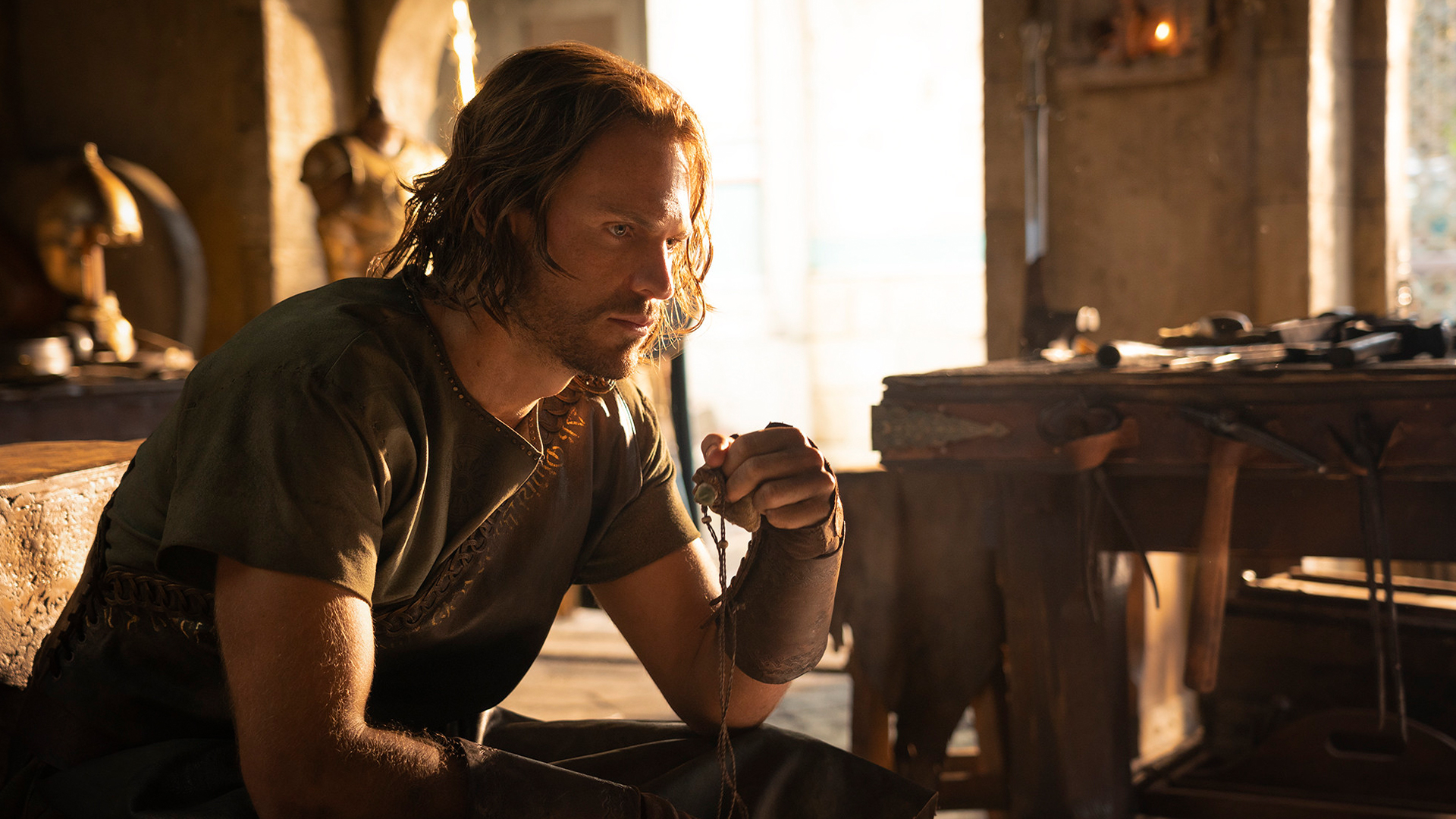
It brings to a head an ambitious season-long gambit for the show—the notion that Sauron was standing there in plain sight the whole time, and was even presented as/perceived to be a “hero” character.
“Sauron is the Great Deceiver,” co-showrunner J.D. Payne told me when I spoke to him at Comic-Con recently. “He’s our villain, and we felt there was an opportunity, one time, just the first season, for him to deceive the audience. So from very early on, there was the idea that he was a character in the show, and you don’t know who he is.”
“One of the things I think we’re most proud of in the rollout of season one, is that that secret actually held for a lot of people. In some ways it was like trying to keep the jack in the box. It was at times challenging and even frustrating, but we got there.”
As successful as the deception was, the second season is very much leaning into the Sauron of it all, and his villainy will take centre stage.
‘Last time, we had to keep a couple things behind the curtain. This time, we’re inviting everybody to come backstage. Season two is a chocka block season of television filled with action, creatures and monsters and romance and fencing and fighting and giants!”
Although Payne is adamant that he believes season one had plenty of action, he is cognisant that some audience members found it a tad restrained in that area, and says that there was always a planned progression in place for the scale of show, which is designed to run for five seasons.
“From the moment we started this project, we knew we were in for the long haul, and it was gonna be 50 hours of storytelling. We didn’t want to fall into that trap you see sometimes with franchises where every single season has to top the last and by the end, it just becomes villains hurling galaxies at each other.”
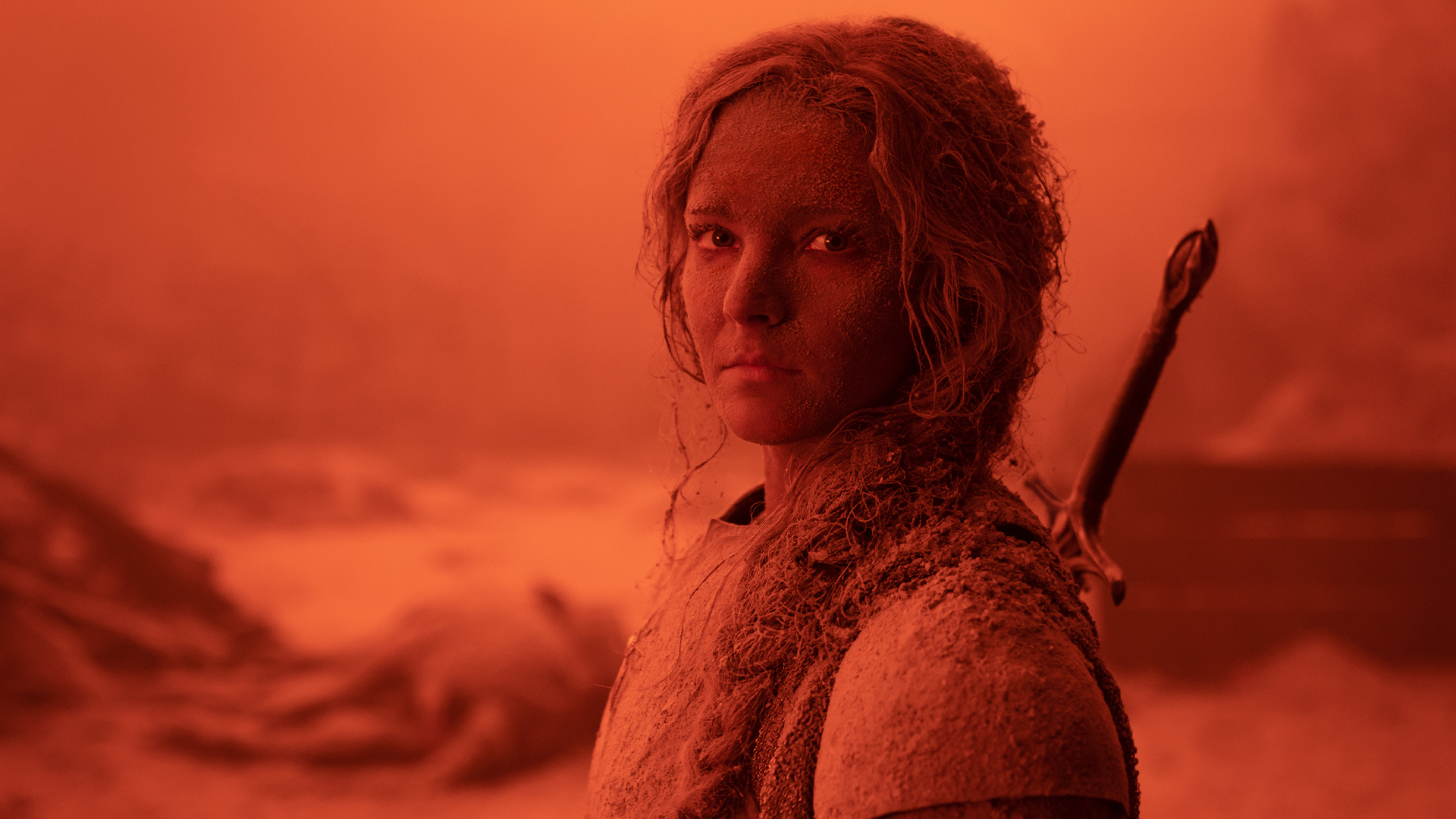
“So we, by design, started somewhat modestly [with the action scenes]. But this time, we’re blowing it out. We feel like we got more on screen. The back half of the season, there’s multiple episodes of a siege of a medieval city that takes place over weeks, months, days, with massive armies from at least three different contingents, maybe four, depending on how you count it. So in some ways, we’re just trying to raise the bar, and that will only continue as we eventually go towards the Last Alliance [of Elves and Men, the epic battle glimpsed in Fellowship‘s prologue]. Strap in.”
Season one ends with Celebrimbor forging the three elven rings—downscaled from crowns so the mithril (mixed with other stuff on Halbrand’s urging) will go further and the bearers unaware that their newfound power comes with many strings attached. Sauron is just getting started.



